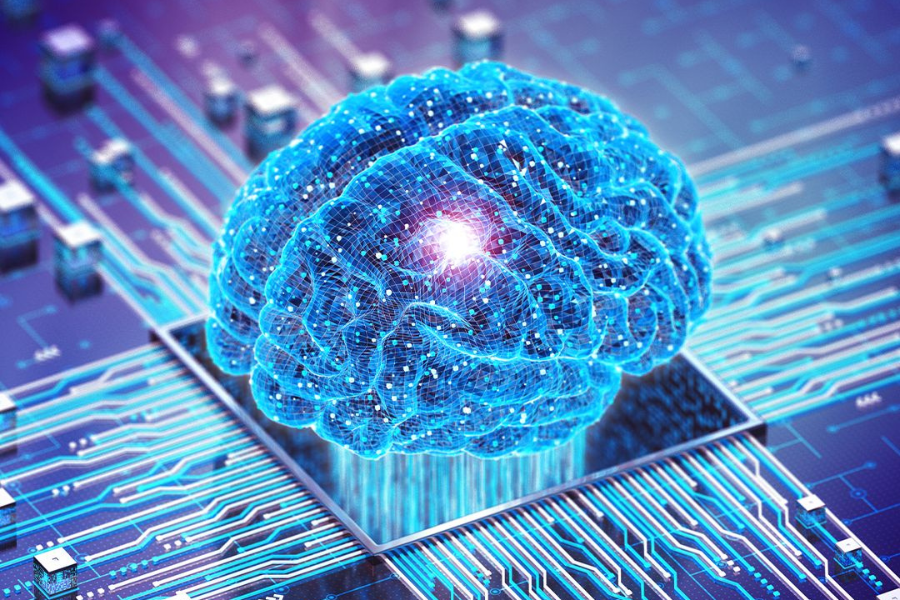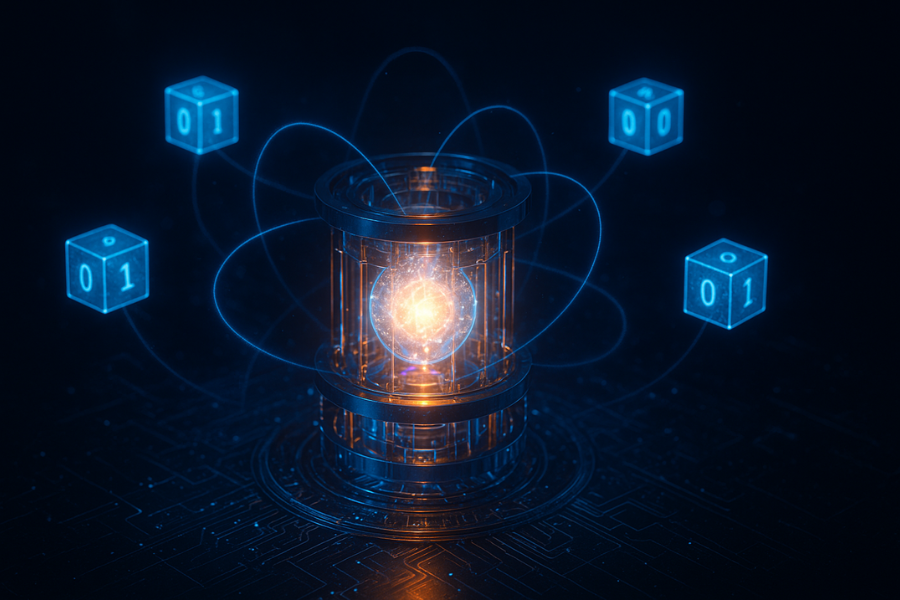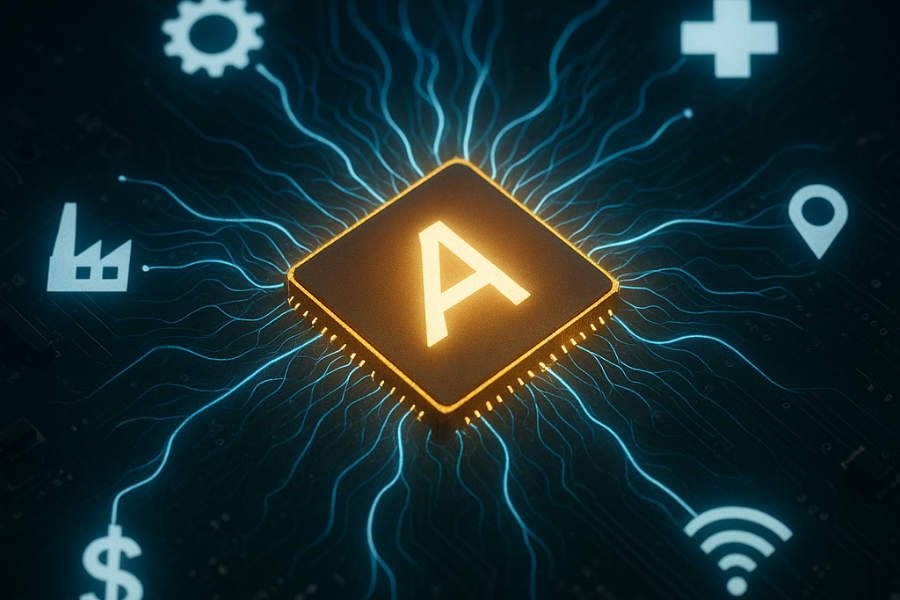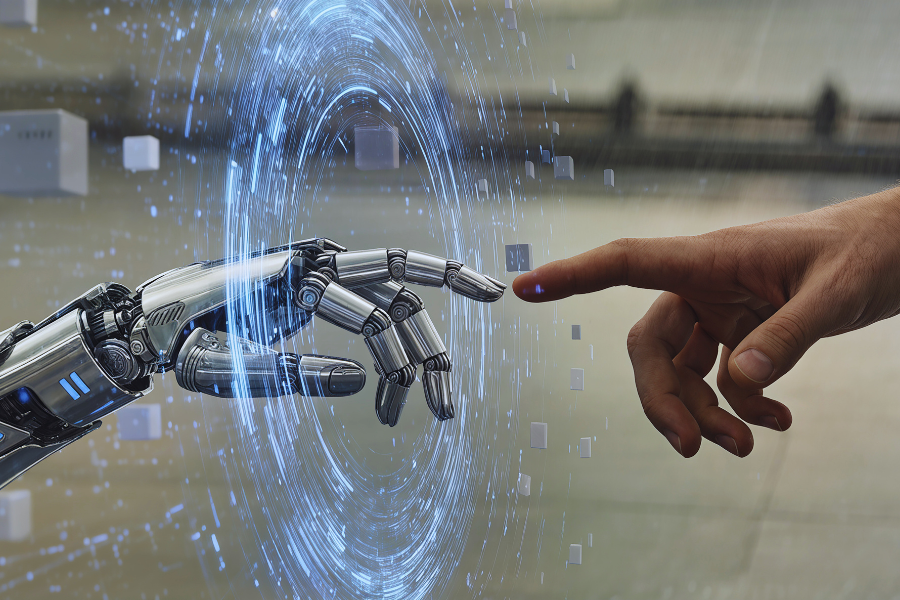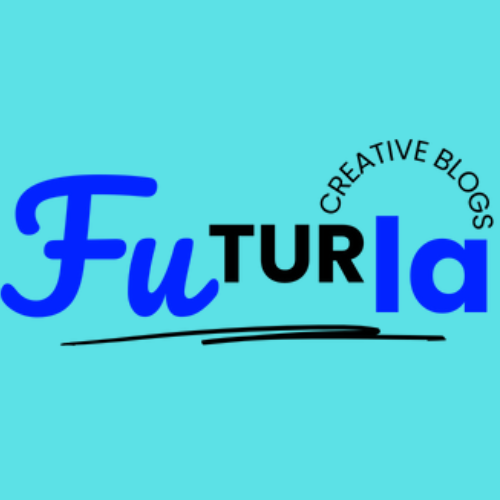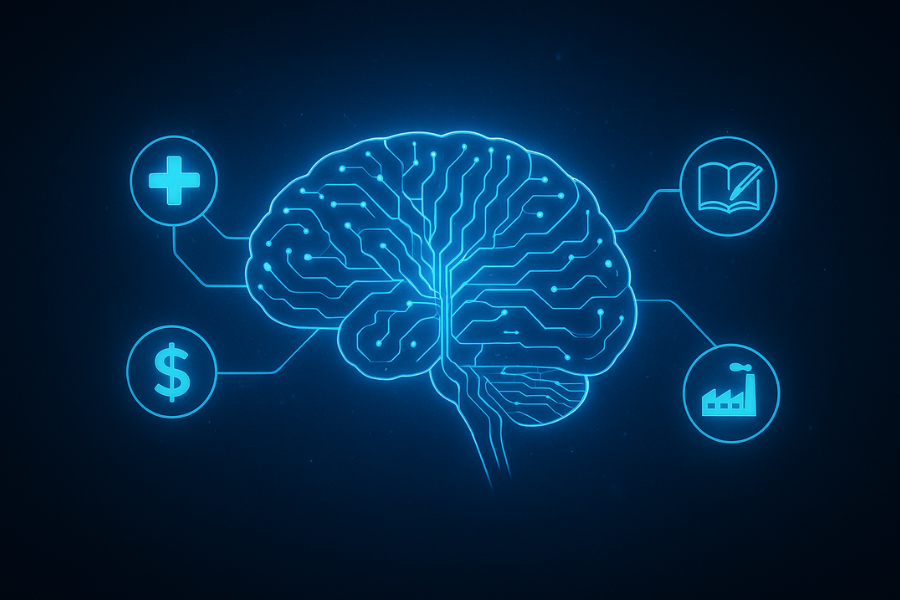Introduction: When AI Meets Quantum Physics
AI is changing the world — but it still runs on classical computers. Meanwhile, quantum computing, long thought of as science fiction, is rapidly becoming reality. Now, a new frontier is emerging: Quantum Machine Learning (QML) — the fusion of quantum computing and artificial intelligence.
This powerful combination promises to revolutionize areas where even today’s supercomputers struggle: from complex drug discovery to advanced cryptography and massive optimization problems.
QML isn’t just about doing AI faster — it’s about unlocking capabilities that classical machines may never achieve.
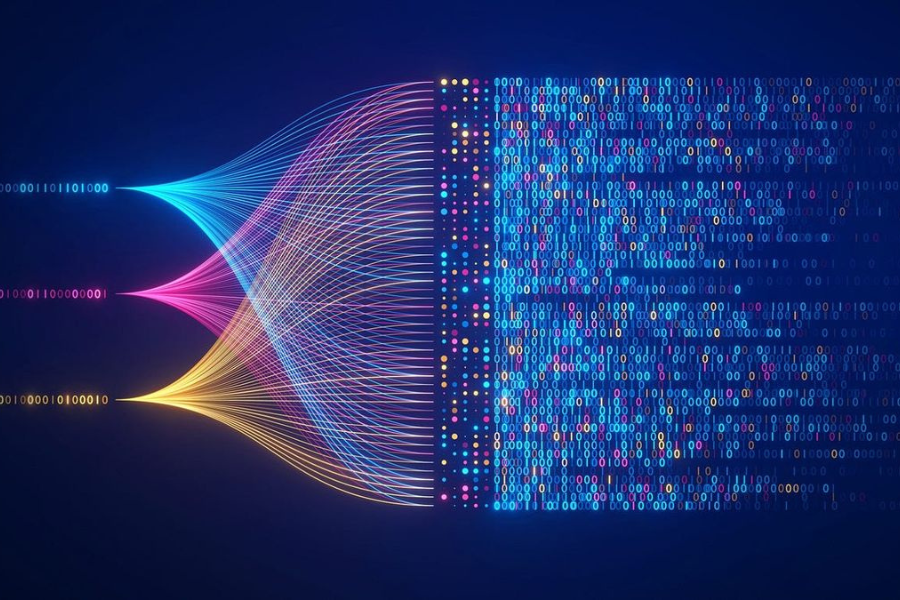
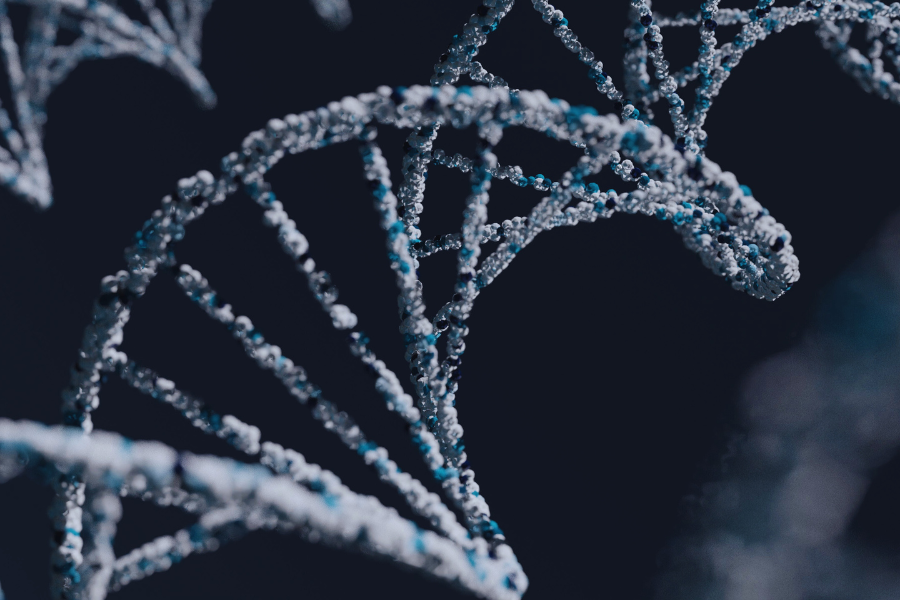

What is Quantum Machine Learning?
Quantum Machine Learning is the application of quantum algorithms to improve the performance of machine learning models. It combines:
Quantum computing: Uses qubits and superposition to process complex calculations simultaneously
Machine learning: Algorithms that learn patterns from data for prediction, classification, or generation
In essence, QML leverages quantum properties like entanglement, interference, and parallelism to accelerate or enhance ML tasks.
Why Combine Quantum with ML?
Traditional ML models work well — but they face limits when solving extremely high-dimensional, non-linear, or combinatorial problems. Quantum computing offers:
| Benefit | How it Helps ML |
|---|---|
| ⚡ Exponential Speed | Solve certain problems exponentially faster |
| 🌀 Parallelism | Evaluate multiple outcomes at once |
| 🧩 Pattern Discovery | Identify patterns in data that are hidden to classical algorithms |
| 🔐 Quantum Security | Build models with advanced encryption resilience |
Real-World Applications of Quantum Machine Learning
1. Drug Discovery & Molecular Simulation
Simulating molecular interactions is one of the most complex tasks in science.
QML can analyze quantum mechanical interactions within molecules far more efficiently.
Potential to reduce drug development time from years to months.
💊 Companies like Qubit Pharmaceuticals and ProteinQure are already using QML for early-stage drug research.
2. Optimization Problems
Many industries rely on solving large-scale optimization challenges:
Logistics: Delivery route planning
Finance: Portfolio optimization
Manufacturing: Resource allocation
QML algorithms like the Quantum Approximate Optimization Algorithm (QAOA) can provide better solutions in less time.
📦 DHL and Volkswagen are piloting QML for smart routing and traffic prediction.
3. Cryptography & Cybersecurity
QML may help develop more secure encryption systems, or conversely, break existing cryptographic protocols faster than classical computers.
It could enable AI models that detect cyber threats by identifying hidden patterns in quantum-encrypted traffic.
🔐 Post-quantum cryptography is already a race — QML could give one side a huge advantage.
How QML Works: Key Concepts
Qubits vs. Bits
Unlike classical bits (0 or 1), qubits can be in multiple states at once (superposition), allowing massive parallelism.
Quantum Gates
Just like logic gates in classical computers, quantum gates manipulate qubit states, but with complex rotations and interference.
Hybrid Models
Current QML often uses hybrid systems: classical ML enhanced with quantum layers — allowing real-world use on today’s “noisy” quantum hardware.
Tools & Platforms for QML
| Tool/Platform | Description |
|---|---|
| PennyLane | Python library for hybrid QML models |
| Qiskit (IBM) | Open-source SDK for quantum programming |
| TensorFlow Quantum | Google’s framework for quantum ML |
| Amazon Braket | Cloud-based quantum computing service |
| D-Wave Leap | Quantum annealing system for optimization problems |
Challenges in Quantum Machine Learning
Despite its promise, QML is still early-stage and faces significant hurdles:
Hardware Limitations
Current quantum computers are noisy, small-scale, and error-prone.
QML’s true potential awaits fault-tolerant, large-qubit machines.
Data Encoding Bottleneck
Converting classical data into quantum states (quantum feature maps) is expensive and complex.
Lack of Algorithms
Quantum-native ML algorithms are still being developed — and many aren’t better than classical yet.
Talent Gap
QML requires expertise in both quantum physics and machine learning — a rare combination.
The Future of QML
In the next 5–10 years, we’ll likely see:
Specialized quantum AI chips for hybrid workloads
Enterprise QML applications in pharma, logistics, and national security
Autonomous QML agents that learn and adapt in quantum environments
Model compression and quantum-enhanced federated learning
Quantum advantage in real-world ML tasks (not just lab demos)
Governments and tech giants are investing heavily in this space:
Google’s Quantum AI Lab
IBM Quantum Network
Microsoft’s Azure Quantum
China and Europe’s national QML research programs
Conclusion
Quantum Machine Learning is more than a buzzword — it’s the next evolutionary leap for AI. By combining the power of quantum physics with the intelligence of machine learning, we’re moving toward breakthroughs that were once thought impossible.
From curing diseases to securing the digital world, QML could become one of the most transformative forces of the next decade.
It’s early — but the future is definitely quantum-powered.

-Futurla

